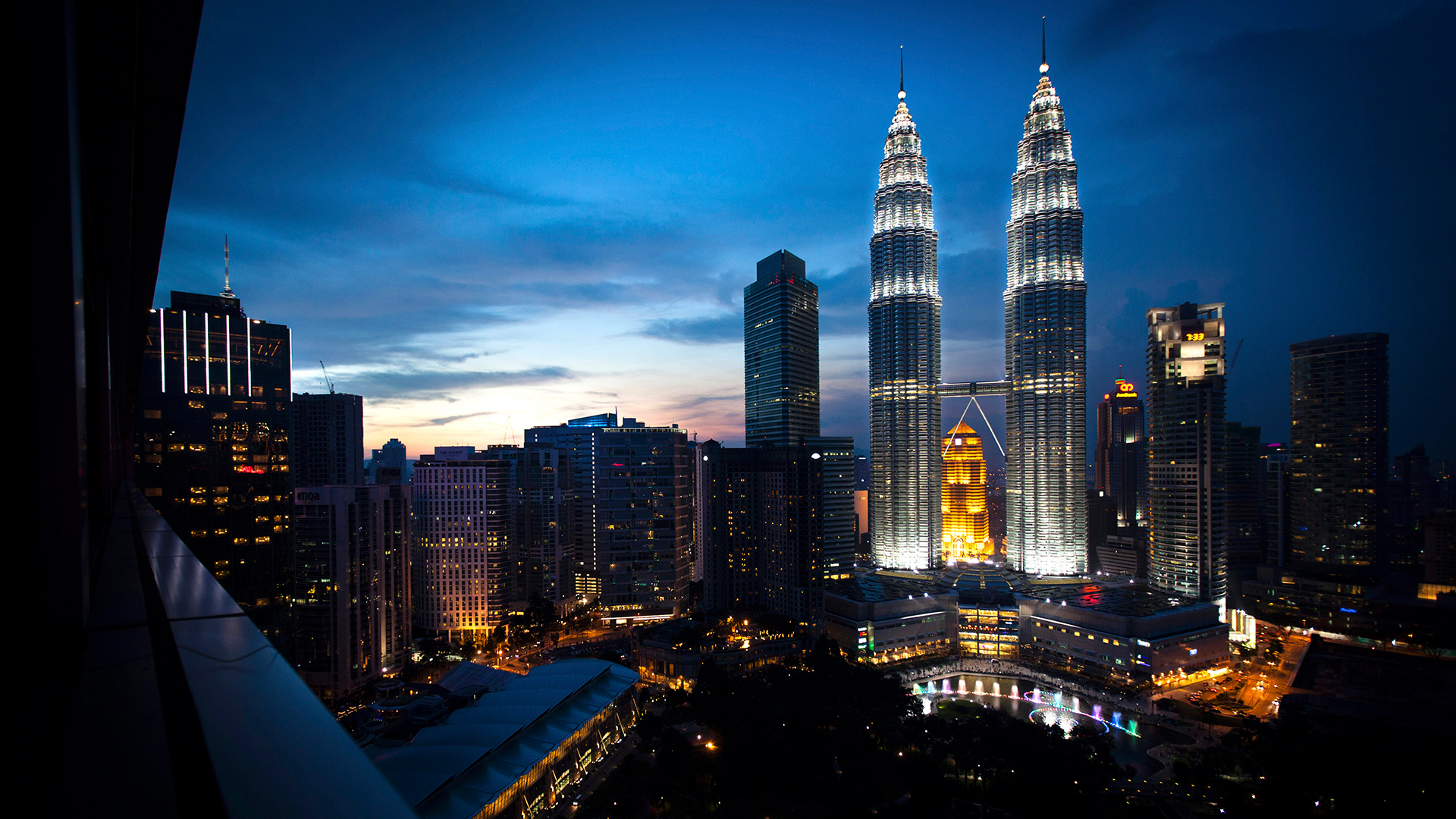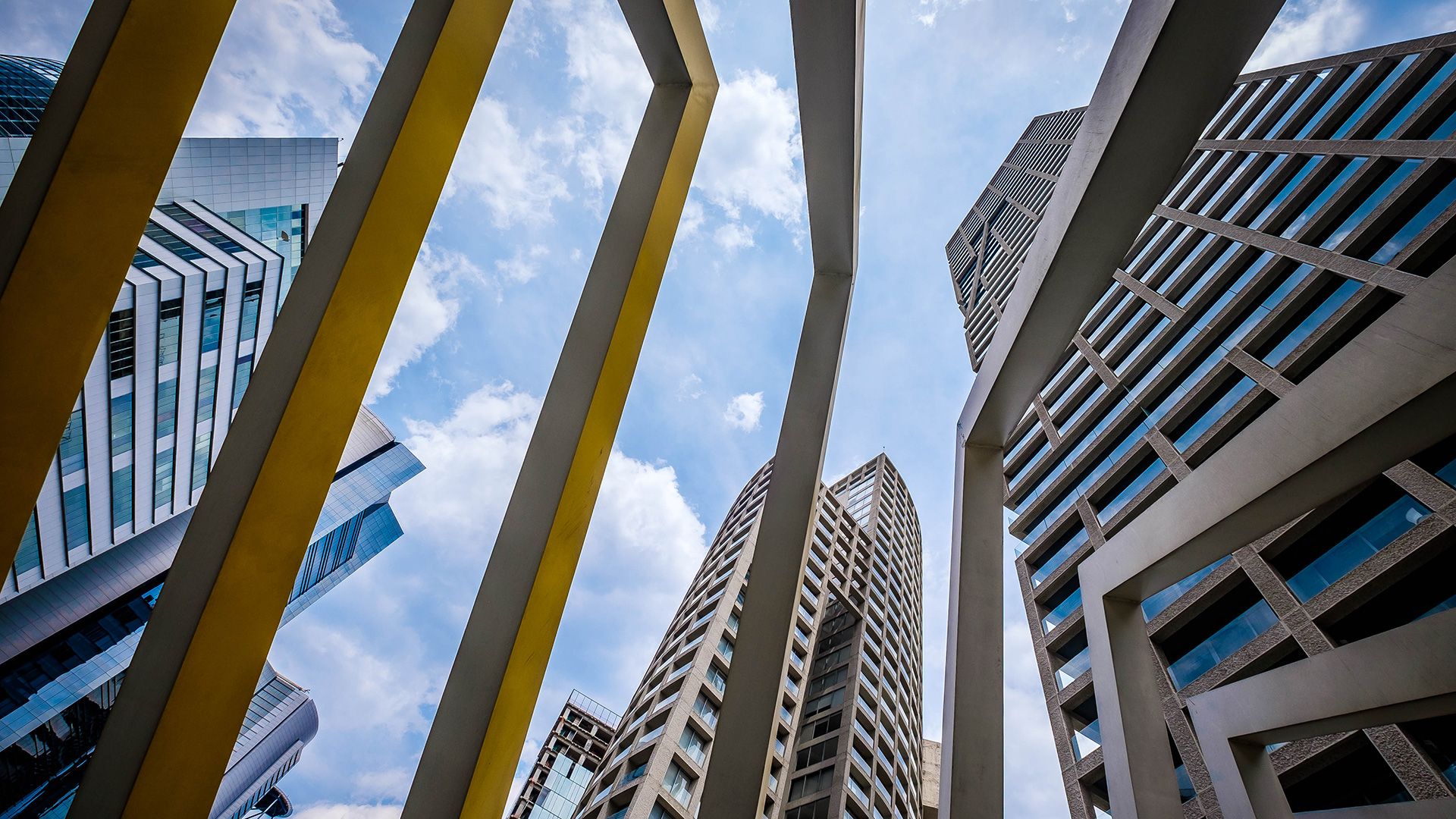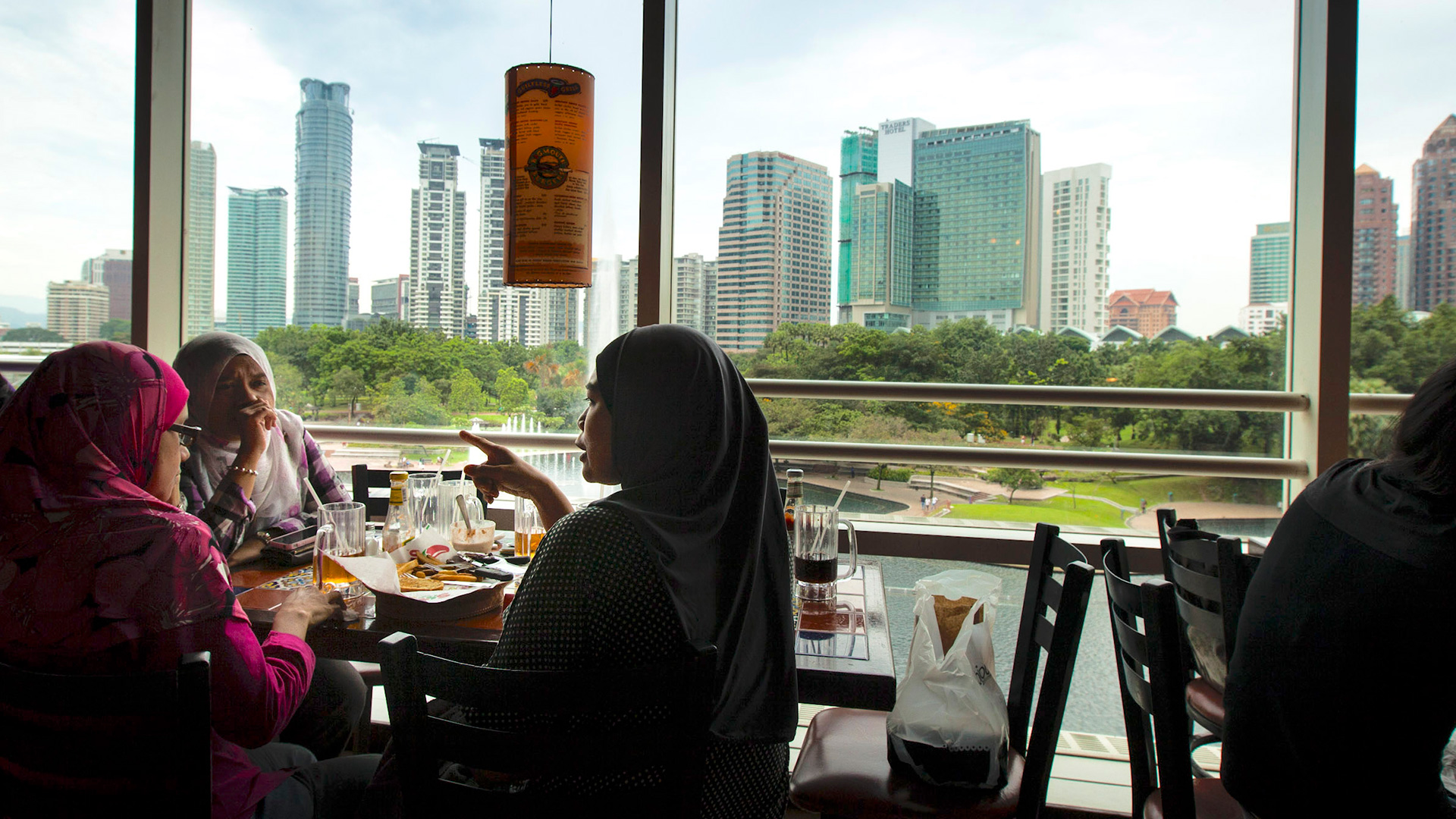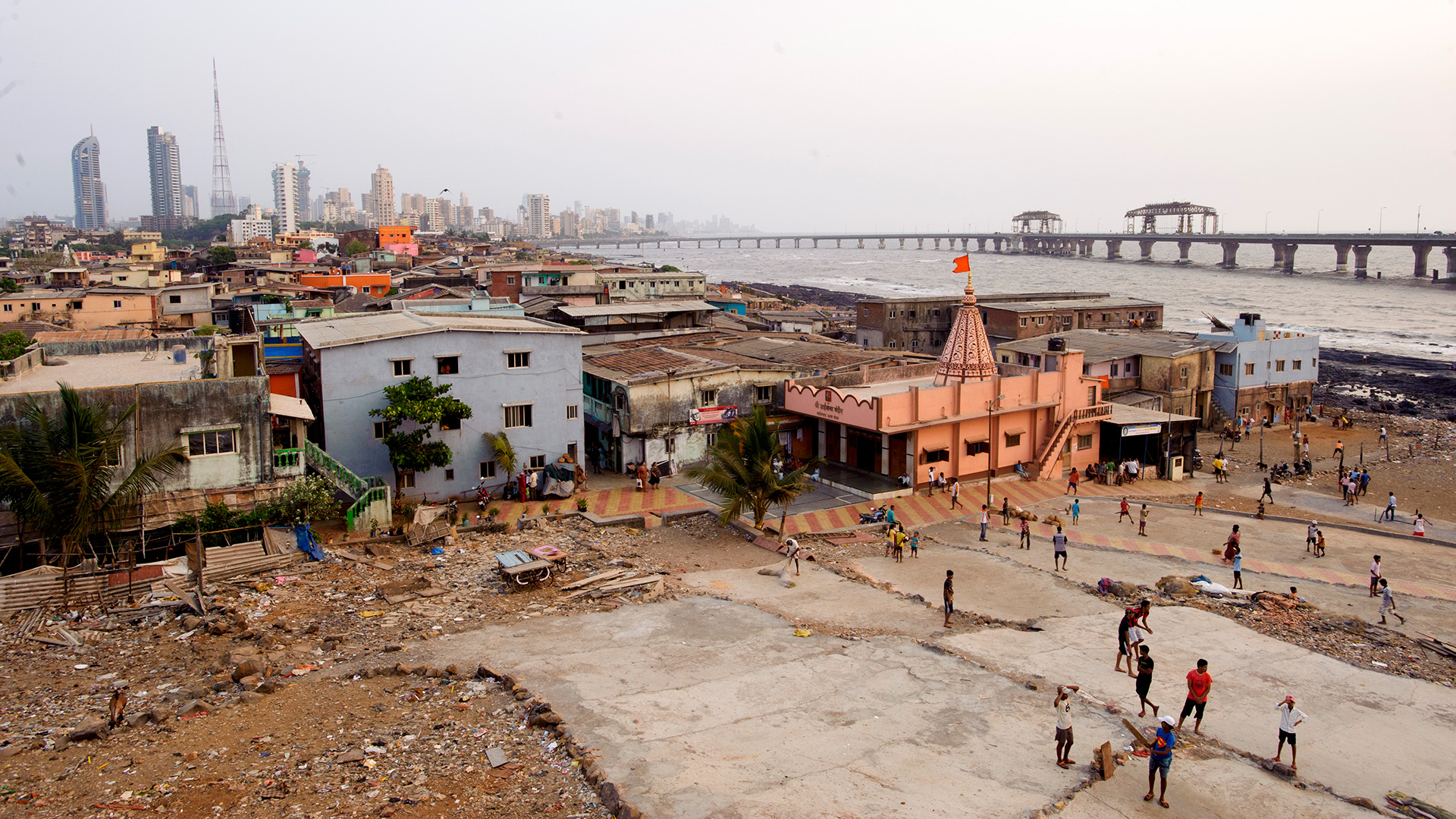
Dirty. Crime ridden. Crowded. When asked about their impression of cities, this was the response I got from a group of ministry leaders called to urban church planting. While they embraced the vision of ministry to cities, they had yet to embrace a love for the city itself. An overwhelming majority of American evangelical Christians are from rural or suburban areas, which often influences their perspective on urban centers and the people who call these places home. No matter what a person’s background it is important to recognize that urbanization is not a trend we can ignore if we’re concerned about the future of mission and the growth of the global church.
In recent decades, rapid urbanization, mass migration, and the growth of global cities has created tremendous ministry potential among some of the world’s least reached peoples. Yet if the church is unable to embrace this opportunity, it is in danger of ignoring one of the most significant prospects for expanding God’s kingdom in this generation.
Urbanization Is Accelerating
Historically, the world has been predominantly agricultural. However, over the past century, people have engaged in transnational and rural to urban migration in unprecedented numbers. Between 1950 and 2050, the world’s urban population is expected to increase from 33 percent to 68 percent, with 3 million people moving into urban centers each week. Almost 90 percent of this growth will occur in Asia and Africa, where Christianity is growing exponentially. Essentially, the areas of greatest urban growth coincide with the places where God is growing the church most quickly.
“Urbanization is not a trend we can ignore if we’re concerned about the future of mission and the growth of the global church.”
People movements are instrumental in the creation of new cities and growing existing urban centers. In 1975, only Tokyo, New York, and Mexico City were considered megacities—urban centers with a population of over 10 million people. By 2030 there will be an estimated 43 megacities housing 8.7 percent of the global population. In some parts of the world, megacities are further merging to become megaregions of over 100 million people.
These urban centers experience the stressors associated with rapid urban growth, but they are also hubs of wealth creation, influence, and opportunity that impact nations and regions. The question is whether they will also be hubs for church planting.

The ultra-modern Santa Fe district of Mexico City is home to many foreign companies and large numbers of expatriate workers. The city of more than twenty million is the largest in the Western hemisphere and the largest Spanish-speaking city in the world. IMB Photo Library.
City Dwellers are Open to New Ideas
Diverse urban populations are created when migrants move into established neighborhoods and people’s lives begin to rub up against one another. The flavor of many neighborhoods change, grocery stores begin carrying unfamiliar products, religious sites are built for different faith groups, and various languages are heard throughout the streets. The process of adapting to city life often influences identity and cultural practices as people become more open to new ideas and ways of living.

Muslim women chat in a cafe overlooking the skyline of Kuala Lumpur, Malaysia. The city is one of the fastest-growing metropolitan regions in Southeast Asia. IMB Photo Library.
In one ethnographic research project, I asked a woman in South Asia about marriage practices. She was quick to point out that in the countryside her family would never consider marrying outside their caste. Once they moved to the city, however, marriage was no longer determined by caste alone but also by the money and status of a person. So if a potential marriage partner was a lower caste but had great money or status, that could outweigh the traditional practice of marrying inside the same caste. Moving from the village to the city released her from the pressure to conform to communal norms.
Urbanites Long for Community and Connection
Rapidly changing cities are particularly lonely for rural migrants. These individuals have often left strong familial ties behind to pursue economic or educational opportunities in the city. The urban experience is more transient in nature and so people do not always have a strong social connectedness with neighbors or long-term commitment to a location. This creates a sense of anonymity that can undermine psychological security and a sense of belonging.
Many urban neighborhoods are razed to the ground and people displaced to make way for future development. In numerous East Asian cities, for instance, traditional courtyard homes have been torn down and residents moved to new high-rise buildings. Although there are advantages, such as indoor plumbing and other modern conveniences, some residents are unhappy with this arrangement. They miss the community and relationships that came with a shared courtyard; cooking meals, washing clothes, and seeing neighbors on a daily basis. For them, modernization replaced community and connection with greater isolation.
“The areas of greatest urban growth coincide with the places where God is growing the church most quickly.”
In one East Asian research project, I was told of an elderly couple who grieved the loss of their courtyard house and their traditional way of life. They had a heated brick bed known as a Kang (炕) in their old home, where friends and family sat together, drank tea, and kept warm on cold winter months when it was the only source of heat in the house. Although there were many modern conveniences and no need for a Kang in their new apartment, they chose to dismantle and rebuild it for the sake of continuity and community. Keeping it was a form of resistance against the isolating power of change and a way to feel connected moving forward.
The Gospel for the City
Urbanization initiates obvious change in physical spaces—new buildings are constructed, roads widened, and residential areas expanded. This rapid development promotes economic growth but can also place strain on infrastructure, food supplies, health care, and other services if authorities are ill-prepared to accommodate a surge in population. The result in many countries has been an increase in urban slums as millions of people fail to secure adequate employment and housing after moving into a city. It is important to remember that urbanization not only alters physical spaces but also changes spiritual, cultural, and social dynamics in a community as well.

Slums on the outskirts of Mumbai, India, sit in stark contrast to the tall skyscrapers of the city and the modern Bandra-Worli Sea Link Bridge. IMB Photo Library.
Christians must learn how to understand, engage, and contextualize the gospel for an increasingly urban world. This requires a firm commitment to learning about relevant social and cultural dynamics that influence urbanites and how they respond to the gospel message. Whether people are struggling with loneliness, isolation, transition, or a lack of adequate housing, the church needs to be prepared to reach the lost at their point of greatest need.
Although some may feel uncomfortable serving in large urban centers, it is clear that the church needs to develop a solid theology of the city and recognize the opportunities God has orchestrated. He has moved people from city to city and nation to nation so they may know him.
Jeremiah instructed the exiles in Babylon to seek the welfare of the city where they had been deported and to pray to the Lord on its behalf because when the city prospered they too would prosper (Jer. 29:7 HCSB). The church today must also recognize the interconnectedness it shares with the cities of the world and the responsibility it holds to see these cities flourish for the sake of the gospel.
Lisa Hoff is an associate professor of intercultural studies at Gateway Seminary. Her doctoral research focused on rapid urbanization and its influence on social dynamics. She lived in Asia for many years where she conducted ethnographic research projects.

